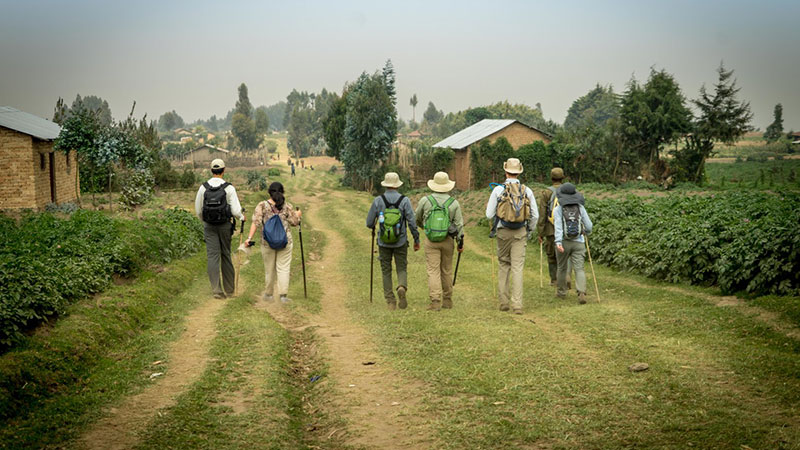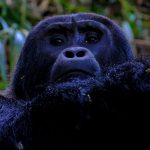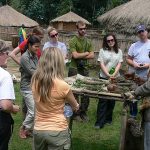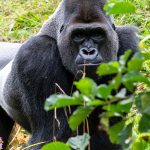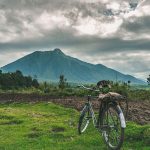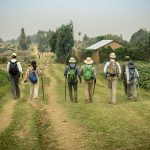How much time does gorilla trekking take in Rwanda, Gorilla trekking in Rwanda is a unique and exhilarating adventure that offers the opportunity to observe and interact with critically endangered mountain gorillas in their natural habitat. The experience is not only an awe-inspiring wildlife encounter but also an incredible adventure that allows you to immerse yourself in the lush beauty of Rwanda’s Volcanoes National Park. The duration of a gorilla trekking experience can vary. Typically, gorilla trekking takes 1 to 6 hours in Rwanda.
Gorilla trekking is a carefully regulated and monitored activity in Rwanda to ensure the safety and conservation of these magnificent creatures. The time it takes for gorilla trekking can be divided into several key stages.
Pre-Trek Preparations: Before setting out on your gorilla trek, you must make the necessary preparations. This includes obtaining a permit, which should be done well in advance due to limited availability. Permits are typically issued for a specific date and group of gorillas, and they come with a hefty price tag. Once you have your permit, you need to arrive at the park headquarters early in the morning to attend a pre-trek briefing.
Morning Briefing: The morning briefing is an essential part of the gorilla trekking experience. During this informative session, park rangers provide valuable information about the dos and don’ts, safety guidelines, and general rules to follow while in the presence of gorillas. This briefing ensures that trekkers have a clear understanding of the conservation efforts, the importance of minimizing their impact on gorillas, their habitat, and the role they play in this endeavor.
Group Allocation: After the briefing, trekkers are divided into groups, each consisting of a maximum of eight individuals. These groups are matched to specific gorilla families that are habituated to human presence, and a park ranger or guide is assigned to lead each group. The allocation process is based on factors such as physical fitness and trekking preferences.
The actual trek to find the gorillas can vary in duration. It typically takes between 1 and 6 hours, but this depends on several factors, including the location of the gorilla family and the terrain you need to navigate. The trails can be steep, muddy, and challenging, and the weather conditions can affect the trek’s duration. Trekkers should be prepared for varying levels of physical exertion and dress appropriately for the conditions.
Time with the Gorillas: Once your group has located the gorilla family, you are allowed to spend a maximum of one hour with them. This hour is a remarkable and intimate experience as you observe the gorillas in their natural habitat. During this time, you can take photographs and carefully observe their behavior without disturbing them.
Return Trek: After your unforgettable encounter with the gorillas, you will retrace your steps back to the park headquarters. This return trek can take a similar amount of time as the initial trek, depending on the location of the gorilla family and the terrain.
Debriefing: Upon your return to the park headquarters, you will have a debriefing session to discuss your experience and share your thoughts and observations with other trekkers. This provides an opportunity to reflect on the adventure and its significance in the realm of wildlife conservation.
In conclusion, the duration of a gorilla trekking experience in Rwanda can vary significantly based on various factors, such as the location of the gorilla family, the trekking conditions, and your group’s physical fitness. However, as a general guideline, you can expect the entire process to take between 1 and 6 hours, from the morning briefing to the return debriefing. While the actual time spent with the gorillas is limited to one hour, the memories and insights gained during this remarkable encounter will last a lifetime, making the journey more than worth the time and effort invested. Gorilla trekking in Rwanda is an incredible opportunity to connect with nature and support vital conservation efforts for these endangered species.
